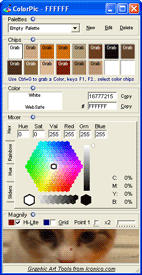There was a time when cars were called things like Zectrum, Vontra, Shoo, Koop, and so on. Made up names upon which the manufacturers could hang a personality without any baggage from an existing meaning.
Renault has, however, taken an interesting turn and called a car the 'Zoe' which is obviously an existing name. I know a Zoe or two. Not sure how they'd feel about having a car name. One such real life Zoe Renault is certainly not pleased and has asked the manufacturer Renault to withdraw the name or face being sued.
BBC article here.
Zoe Renault says, "I could not bear to hear: 'Zoe's broken down' or 'We need to get Zoe overhauled'." Amazingly her lawyer, David Koubbi, specialises in the protection of first names!
Reuters reported of a couple who wanted to name their child Friday (the day the boy was born) but a court ruled against this (despite it having been baptised) and ordered it to be called Gregory.
Read about it here.
"I am livid about this, a court should not waste its time with things like this when there is so much more to worry about."
"My son was born Friday, baptized Friday, will call himself Friday, we will call him Friday but when he gets older he will have to sign his name Gregory."
















 I enjoy using Fireworks as it very efficiently produces JPEGs and GIFs I can use for web design. If I really want to it can also produce HTML ready websites but I'm guessing that the code it produces is worse than that of Dreamweaver! But Fireworks is a good program to use as it enables me to quickly see how a website might look and preview its functions in a browser.
I enjoy using Fireworks as it very efficiently produces JPEGs and GIFs I can use for web design. If I really want to it can also produce HTML ready websites but I'm guessing that the code it produces is worse than that of Dreamweaver! But Fireworks is a good program to use as it enables me to quickly see how a website might look and preview its functions in a browser.